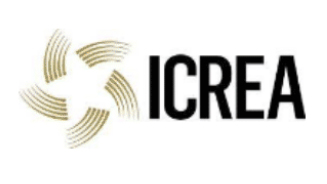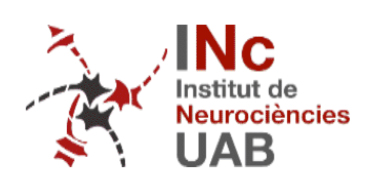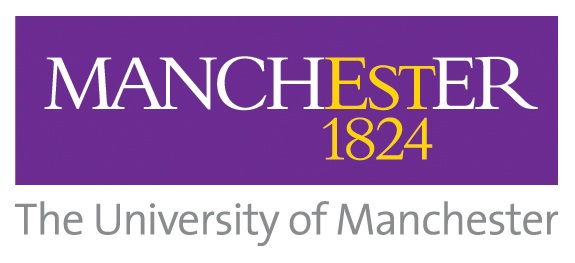Advanced Healthcare Materials, 2023, 12, 2201968
Graphene oxide nanoscale platform enhances the anti-cancer properties of bortezomib in glioblastoma models
Graphene-based two-dimensional nanomaterials possess unique physicochemical characteristics which could be utilized in various biomedical applications, including the transport and presentation of chemotherapeutic agents. In glioblastoma multiforme (GBM), intratumorally administered thin graphene oxide (GO) nanosheets demonstrate a widespread distribution throughout the tumor volume without impact on tumor growth, nor spread into normal brain tissue. Such intratumoral localization and distribution could offer multiple opportunities for treatment and modulation of the GBM microenvironment. Here, we describe the kinetics of GO nanosheet distribution in orthotopic GBM mouse models and rationally designed a novel nano-chemotherapeutic approach utilizing thin GO sheets as platforms to non-covalently complex a proteasome inhibitor, bortezomib (BTZ). Through the characterization of the GO:BTZ complexes, we demonstrated a high loading capacity of the small molecule on the GO surface with sustained BTZ biological activity in vitro. In vivo, a single low volume intratumoral administration of GO:BTZ complex showed an enhanced cytotoxic effect compared to free drug in two orthotopic GBM mouse models. This study provides evidence of the potential that thin and small GO sheets hold as flat nanoscale platforms for GBM treatment by increasing the bioavailable drug concentration locally, leading to an enhanced therapeutic effect.








